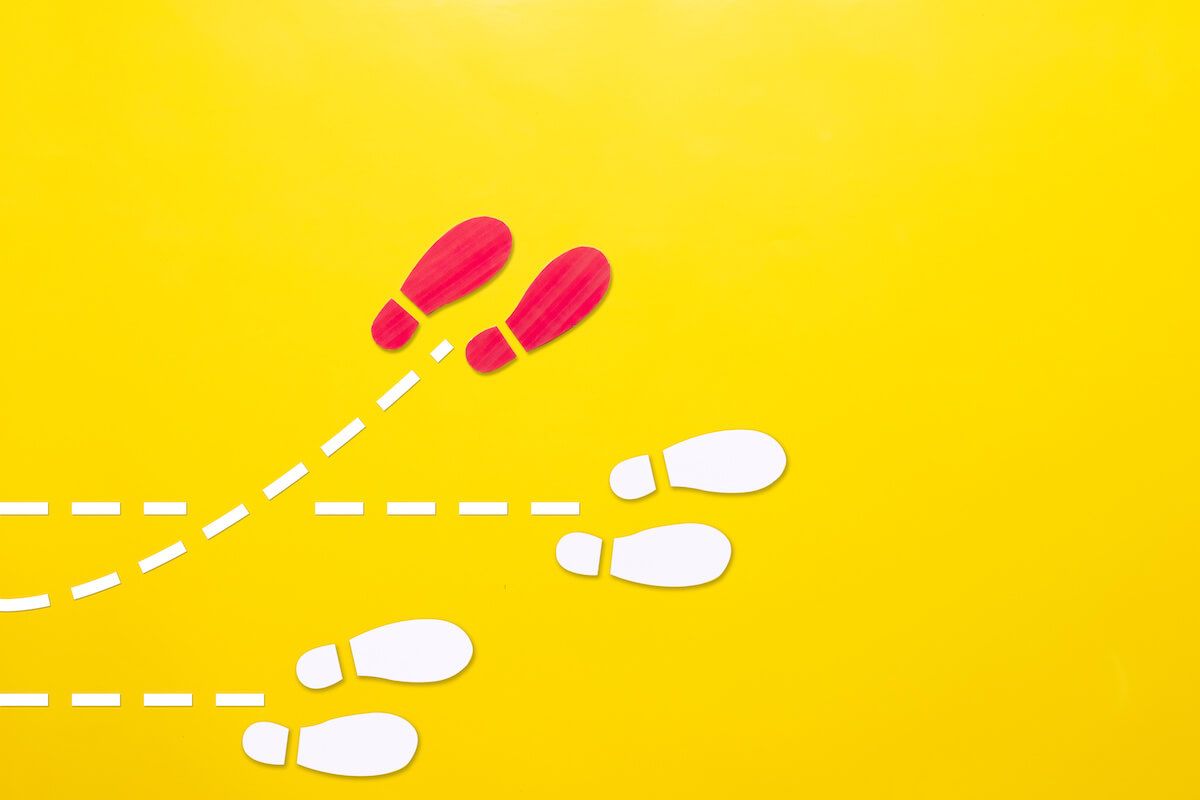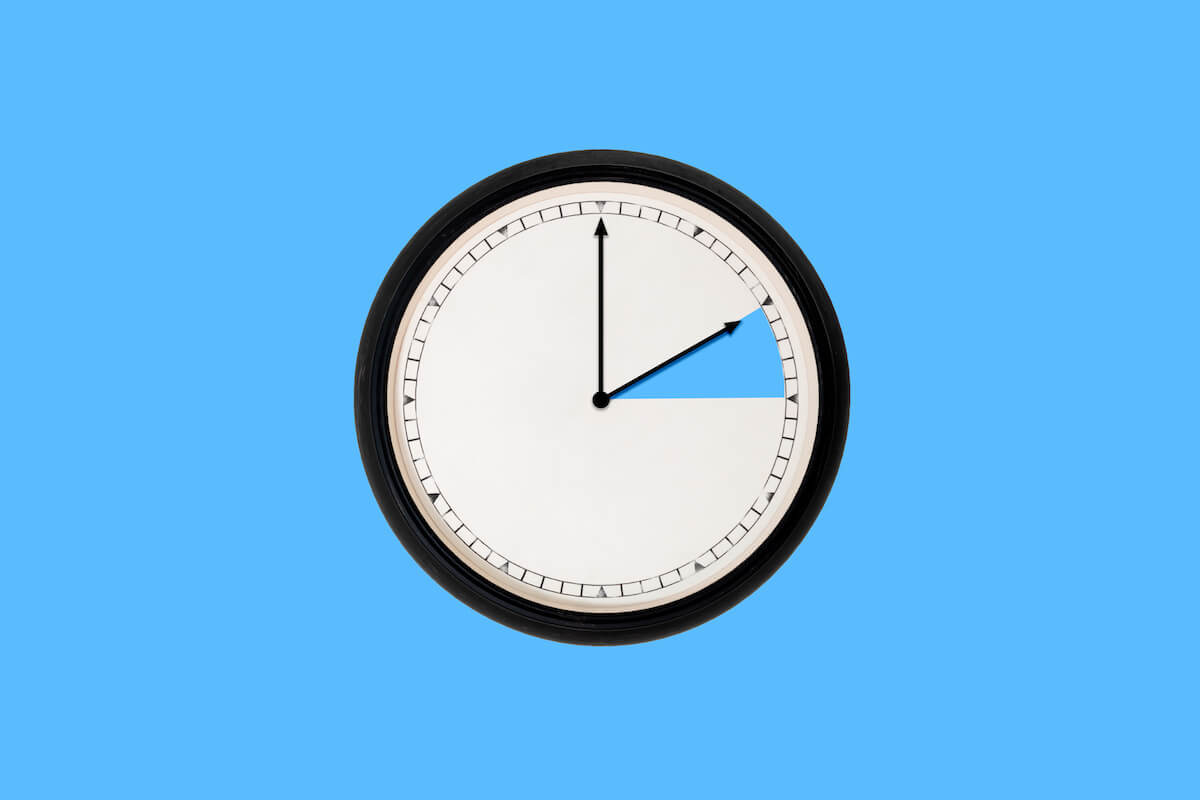Have you ever started working on a task and, at the end of your work session, realized that you had worked on several tasks but never finished what you initially planned?
Maybe you were in the middle of replying to an email when you checked the spelling of a word and got distracted by its etymology. Then, when you returned to the email, you couldn't remember why you needed that word in the first place.
What happened?
You fell victim to the switch cost effect.
Switching costs are the mental and physical costs incurred when switching between different tasks. Modern workplaces are plagued by high switching costs, with three out of five professionals admitting to multitasking regularly.
In this article, we'll explore the switch cost effect in more detail, examining what it is, how it affects productivity, and what you can do to minimize its impact.
Change isn't easy, as the old saying goes. It rarely happens instantly or seamlessly, and it often has lingering effects.
Consider relocation. Physically moving your body and belongings from one house to another is only part of the change. You have tasks at your first location like rerouting mail to your updated address and closing accounts with old service providers. At the same time, you have work to do at your new location, sorting out things like new doctors and work commutes.
It's tiring to switch between locations, and before you know it, you're exhausted and losing motivation. This is similar to what happens in our minds when we switch between tasks.
The transition from one task to another involves significant cognitive effort, causing mental and physical fatigue, reduced task performance, and a loss of concentration — a phenomenon known as the switch cost effect.

Psychologist Arthur T. Jersild first described the switch cost effect in his 1927 work, Mental Set and Shift. As a result of his novel task-switching paradigm, Jersild discovered that the amount of time it takes for the brain to react is slower when it alternates between different tasks than when it repeats the same tasks. This loss of time is one of many switch costs.
Jersild's research paved the way for decades of psychological research on the switch cost effect. Since then, scientists have continued researching the brain's reorganization process to understand what happens when we change tasks. The result is the development of several task-switching paradigms, which explore the processes involved in switching from one focus to another.
Two primary task switching paradigms are:
Task switching was further explored in the 2000s by research psychologists Joshua Rubinstein, David Meyer, and Jeffrey Evans. A landmark study by Rubinstein and his team established that task switching consists of two distinct, complementary stages:
Together, these stages allow us to unconsciously switch between tasks.
Psychological research on task switching still continues. With new studies emerging, researchers strive to understand how our brains handle task switching — and how to minimize its costs.

The tremendous amount of research on task switching has made it clear that the switch cost effect can significantly impact productivity. According to psychologist David Meyer, shifting between tasks can cost us up to 40% of our productive time.
But it’s not just about time costs. The switch cost effect also:
However, task switching isn't always bad, even with high switching costs. In fact, some tasks benefit from interruptions.
If you're stuck on a challenging problem, taking a break can give you a chance to let your subconscious mind solve the issue while you focus on something else. In addition, new research suggests that multitasking can boost creativity.
Other times, switching tasks is simply unavoidable. The key is to minimize the switch cost effect by being aware of it and taking steps to reduce it.

Gather information, take notes, review, reflect, surface insights. All from one perfect, distraction-free interface.
Learn more
Think back to our moving example once more. It would've been much easier to handle that relocation to-do list if we'd started earlier and focused on one task at a time, right?
The same goes for our work days — we can make the most of our time by avoiding task switching as much as possible. Here are six tips for avoiding the switch cost effect and making the most of your workday.
Prioritizing time management can help you avoid the switch cost effect. Before you begin your workday, take a few minutes to review your to-do list and make a plan for the day. When you know what needs to be done (and when), you’re less likely to switch tasks.
Many tools and techniques are available to help you plan if you struggle with poor time management. A great place to start is with a straightforward method like task batching. Task batching is a time management strategy where you group similar tasks together and work on them in blocks. For instance, you might batch all your email correspondence together into one hour at the end of the day or handle all your phone calls in a morning block.
Grouping similar tasks and repeating similar cognitive processes can help reduce task switching and its costs.
Deep work is an important concept popularized by Cal Newport in his book, “Deep Work: Rules for Focused Success in a Distracted World.”
Building off the foundation of the idea of flow developed by Mihaly Csikszentmihalyi, Newport defines deep work as "professional activities performed in a state of distraction-free concentration that push your cognitive capabilities to their limit."
In other words, it's the opposite of task switching.
Newport's deep work rules suggest how we can schedule deep work into our schedules. Among them are:
Focusing on a specific task during deep work reduces the chance of task switching, resulting in better task performance and lower switching costs.
Big jobs can feel overwhelming, making it tempting to switch to a different task or procrastinate by multitasking. Resist the urge — if a job can't be completed in one work session, take a step back and determine how you can approach it step-by-step.
If you're having trouble, try a prioritization tool like the time management matrix. This can help you break down your tasks and prioritize them based on importance and urgency. For instance, if you're working on a lengthy report, you might break it down into tasks like "research," "create an outline," and "write the draft."
Once you have a list of smaller tasks by order of importance, just focus on completing one at a time. This will help you avoid multitasking and task switching, helping you stay productive and on track.

Another technique that can minimize task switching and maximize productivity is the 80-20 Rule, also known as the Pareto Principle. Based on observations written by Italian economist Vilfredo Pareto in 1909, this rule suggests that we achieve 80% of our goals with 20% of our efforts. In other words, we can make a significant impact in a short amount of time if we focus on the right things.
To use the 80-20 Rule to reduce task switching, start by identifying the 20% of tasks that will give you the most results. Make these your priority, and then either delegate or schedule the other 80% of your tasks. Focusing your energy on the task set that will produce results means you'll be less tempted to switch to different tasks, cutting down switching costs.
Uninterrupted focus is crucial for peak task performance. Unfortunately, our world is full of constant distractions, from our phones and social media to colleagues and family members. If we want to avoid task switching, we need to find ways to minimize distractions.
There are a few things you can do to reduce distractions and increase focus:
Reducing distractions can create an environment conducive to deep work and minimize task switching.
Today's fast-paced nature often leads us to believe that to have a competitive advantage, we must always be productive. But we shouldn't — and we can't. The switch cost effect is proof of that.
Make time for rest by resisting the urge to fill your day with activity. Make time for "nothing" instead so that you can simply be.
You can spend your "nothing time" enjoying the silence, taking a walk, meditating, or any other relaxing activity you find pleasing. Whenever possible, avoid unnecessary stimuli. No cell phones, social media, or work. Simply let your mind wander and let yourself relax.
By making time for stillness, we give our brains the chance to process and recharge so we can be productive when it really matters. In moments of nothing, we create the space for something better to come in — like creativity, focus, and productivity.

We're developing ABLE, a powerful tool for building your personal knowledge, capturing information from the web, conducting research, taking notes, and writing content.
Learn more about ABLE appThe switch cost effect is a cognitive phenomenon that has been the subject of psychological research for decades. The cognitive processes involved in task switching have both time costs and psychological costs that can negatively affect productivity. Knowing how the switch cost effect works and affects our task performance can lead to meaningful changes in habits.
Take some time to observe how often you switch to new tasks throughout your day and what types of switching costs are affecting your task performance. Try out a few of these changes and see how they affect your productivity. You might be surprised at how much of a difference it can make.
I hope you have enjoyed reading this article. Feel free to share, recommend and connect 🙏
Connect with me on Twitter 👉 https://twitter.com/iamborisv
And follow Able's journey on Twitter: https://twitter.com/meet_able
And subscribe to our newsletter to read more valuable articles before it gets published on our blog.
Now we're building a Discord community of like-minded people, and we would be honoured and delighted to see you there.